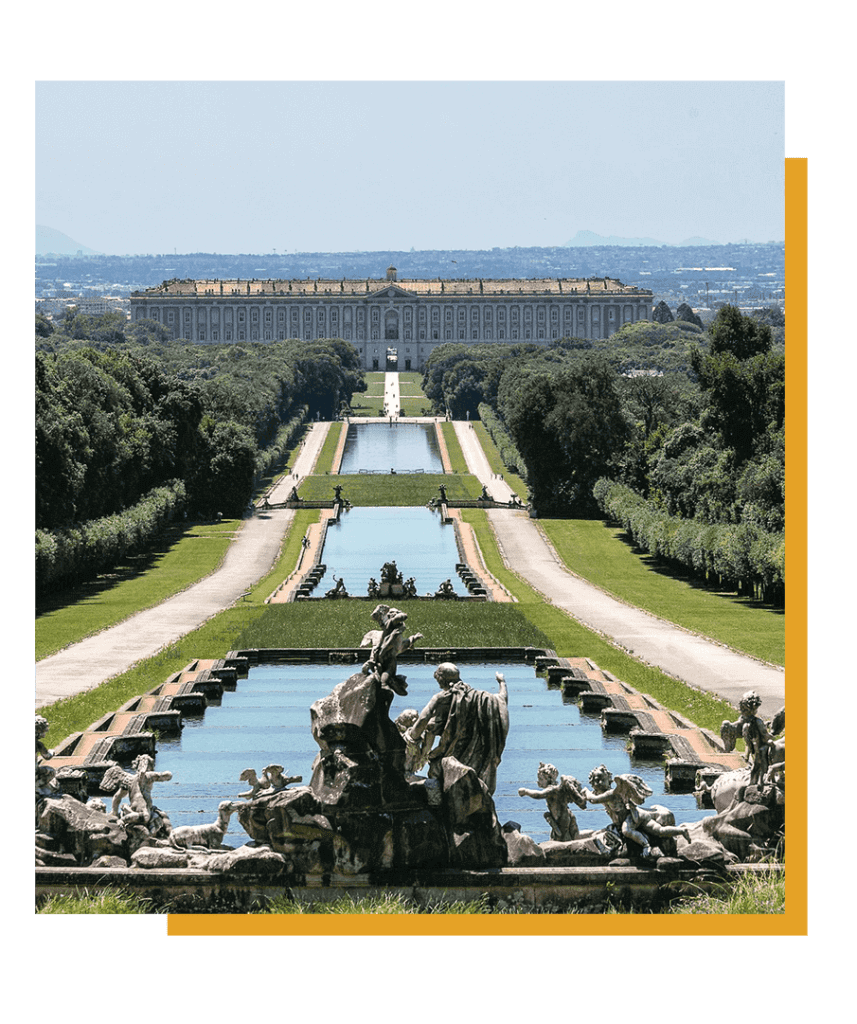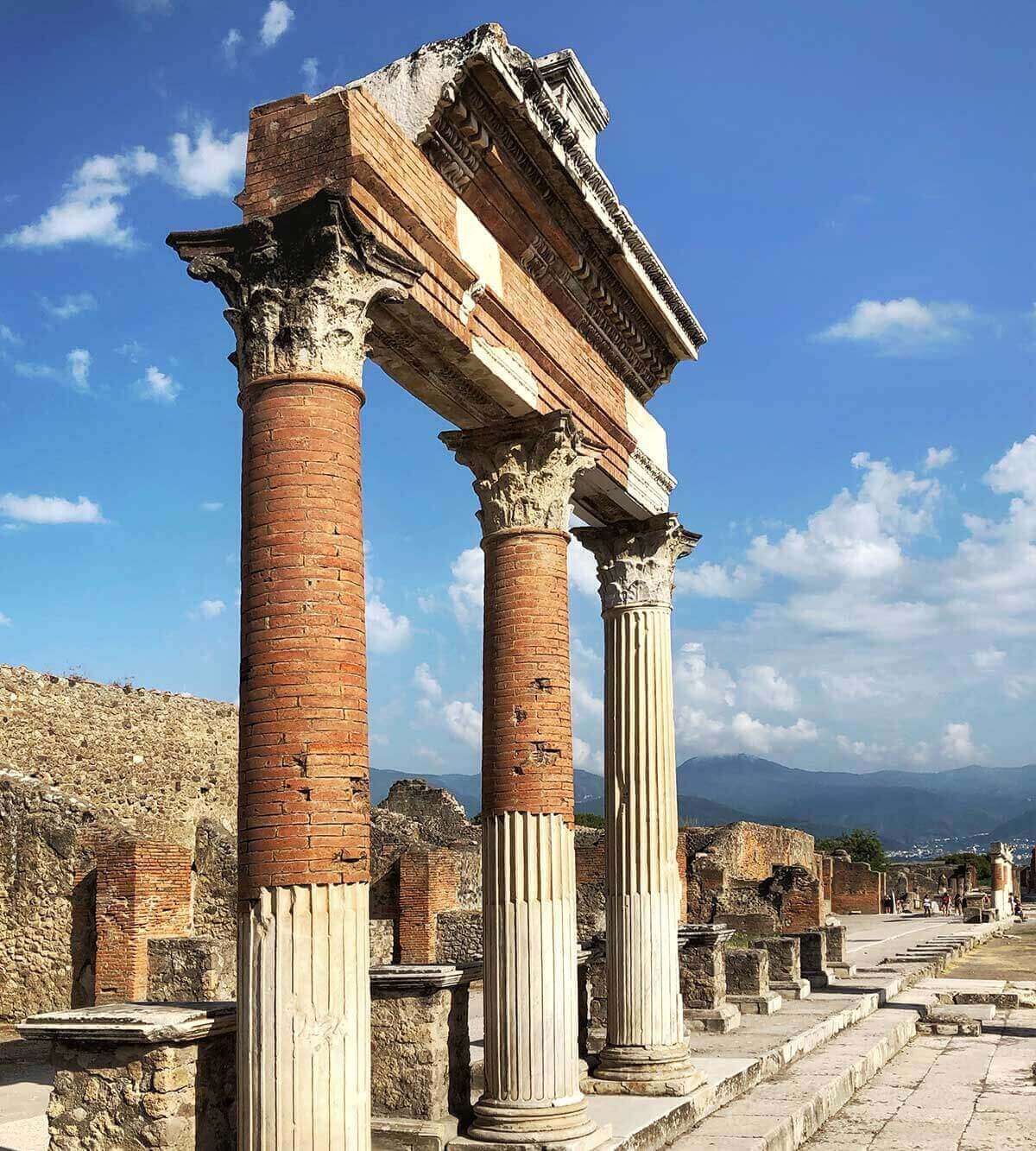Reggia di Caserta
The splendid Royal Palace of Caserta is one of the most important historical residences, comparable in its beauty to the European residences of Versailles and Schonnbrun.
As soon as you enter the house, you will feel like being catapulted into another era and you will be enchanted by its charm.
The Royal Palace of Caserta has been called the last great realization of the Italian Baroque and in 1997 it was declared a World Heritage Site by UNESCO.

Reggia di Caserta
The splendid Royal Palace of Caserta is one of the most important historical residences, comparable in its beauty to the European residences of Versailles and Schonnbrun.
As soon as you enter the house, you will feel like being catapulted into another era and you will be enchanted by its charm.
The Royal Palace of Caserta has been called the last great realization of the Italian Baroque and in 1997 it was declared a World Heritage Site by UNESCO.

Historical background
It was built by Luigi Vanvitelli and his son Carlo at the behest of King Carlo di Borbone between 1752 and 1845 who chose Caserta for its fascinating landscape, the healthiness of the air and for greater security than the capital of the Kingdom more exposed to naval attacks.
In 1759, King Charles Bourbon was proclaimed King of Spain and moved to Madrid, failing to see the palace completed. The first to inhabit it was Ferdinand IV who elected it as his hunting residence.
In 1919 the Royal Palace was abandoned by the heritage of the Crown of the Royal House of Savoy and became part of the heritage of the State of Italy, changing its nature of “House of the King” in historical museum.
The building has an area of forty-seven thousand square meters, five floors and four inner courtyards. It consists of 1200 rooms, a theater, a chapel, a library
In addition to the palace the site also consists of a huge and magnificent park that extends for about 120 hectares and is characterized by large avenues lined with lush trees, fountains with water features, beautiful gardens and sculptural groups inspired by Greek mythology.
Historical background
It was built by Luigi Vanvitelli and his son Carlo at the behest of King Carlo di Borbone between 1752 and 1845 who chose Caserta for its fascinating landscape, the healthiness of the air and for greater security than the capital of the Kingdom more exposed to naval attacks.
In 1759, King Charles Bourbon was proclaimed King of Spain and moved to Madrid, failing to see the palace completed. The first to inhabit it was Ferdinand IV who elected it as his hunting residence.
In 1919 the Royal Palace was abandoned by the heritage of the Crown of the Royal House of Savoy and became part of the heritage of the State of Italy, changing its nature of “House of the King” in historical museum.
The building has an area of forty-seven thousand square meters, five floors and four inner courtyards. It consists of 1200 rooms, a theater, a chapel, a library
In addition to the palace the site also consists of a huge and magnificent park that extends for about 120 hectares and is characterized by large avenues lined with lush trees, fountains with water features, beautiful gardens and sculptural groups inspired by Greek mythology.
Useful tips
Guided tour
It is recommended to book a tour guide.
Abbigliamento
It is recommended clothing suitable for the visit: sneakers and comfortable clothing, hat to shelter from the sun.
Food & Beverages
It is recommended to take a bottle of water with you.
FAQ
How many people is the excursion for?
The excursion is available up to a maximum of 8 people.
Where does the excursion start?
The meeting point with our driver will be at the accommodation where you are staying.
How long is the visit?
A visit of at least two hours is recommended.
Is it possible to choose thedeparture time?
Yes, it is. The tour is customizable. You can request more information in the form below.





